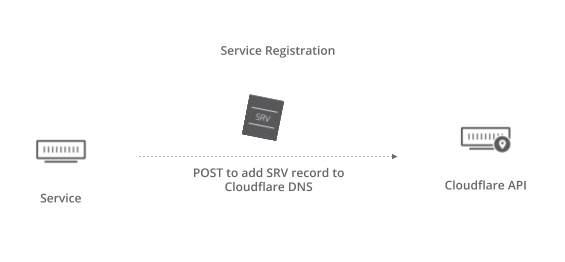Context From The People

Are you ready for the flood of context-based networking solutions? If not, it’s time to invest in sandbags. After the launch of Cisco’s Intuitive Network solution set at Cisco Live, the rest of the context solutions are coming out to play. Granted, some of them are like Apstra and have been doing this for a while. Others are going to be jumping on the bandwagon of providing a solution that helps with context. But why are we here and why now?
Creating Context
The truth is that we’ve had context in the network for decades now. It’s not a part number that we can order from a vendor. It’s not a command that we type into the CLI to activate. In fact, it’s nothing that you can see at all right now, unless there’s a mirror handy.
The context in networks has been provided by people for as far back as anyone can remember. You do it every day without consciously realizing it. You interpret error messages and disregard those that aren’t important. People know how to program VLANs correctly to segment traffic in certain ways. Security context, application context, and more are delivered by breathing, thinking humans.
We have Continue reading
 AWS has its own container service but usage is ‘less than stellar.’
AWS has its own container service but usage is ‘less than stellar.’ Company needs "fast and efficient" integration of MRV to stabilize revenues.
Company needs "fast and efficient" integration of MRV to stabilize revenues. The company launched on Kickstarter in 2013.
The company launched on Kickstarter in 2013. 




 Beware of destruction of service (DeOS) attacks.
Beware of destruction of service (DeOS) attacks.